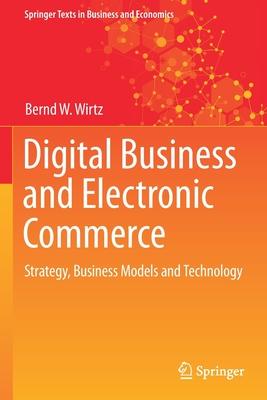Question
1. A Wells Fargo risk manager is analyzing the credit risk of a three-year project finance loan with an annualized rate of 4.50%. The bank
1. A Wells Fargo risk manager is analyzing the credit risk of a three-year project finance loan with an annualized rate of 4.50%. The bank will distribute the entire loan upfront and receive full repayment upon maturity (that is, with no intermediate cash flows). In three years, the project is expected to generate revenue and will replace the project financing with new debt. a.) If Wells Fargo distributes $100 million upon initiation of the loan, what is the maximum expected exposure over the life of the three-year transaction? b.) Our risk manager conducts a default analysis for similar projects and arrives at an assumption that the recovery rate for this project will be 55%. Using her assumed recovery rate, calculate the maximum loss given default for the project. c.) If she assumes that 2% of similar projects default each year, what is the anticipated default rate in the third year of the project? 2. The three-year project is completed successfully, and Wells Fargo is chosen as lead underwriter for the takeout financing. Given high demand for floating-rate notes, the project company refinances with a $125 million five-year note at 3-month LIBOR + 200 bps, with an initial 3-month LIBOR setting of 2.25%. a.) What is the projects interest expense in the first quarter under the new financing? b.) While the projects lenders prefer floating-rate exposure, the issuer would like to lock in its interest expense due to the projects low profit margin. Suggest a hedging strategy which would enable the project company to achieve this objective. 3. Three months after the floating rate note in Question 2 is issued, LIBOR rates double in response to inflation concerns and anticipated Federal Reserve rate hikes (and the company did not follow your hedging advice in the prior question). How does this change affect the companys borrowing cost for the next period (and please calculate the difference), and how has the price of the floating rate note loan changed as a result? 4. The average American residential mortgage for a new home purchase was $330,000 in 2018. If the homeowner financed this for 30 years at an annual mortgage rate of 4 3/8%, what is the average monthly mortgage payment?
Step by Step Solution
There are 3 Steps involved in it
Step: 1

Get Instant Access to Expert-Tailored Solutions
See step-by-step solutions with expert insights and AI powered tools for academic success
Step: 2

Step: 3

Ace Your Homework with AI
Get the answers you need in no time with our AI-driven, step-by-step assistance
Get Started


